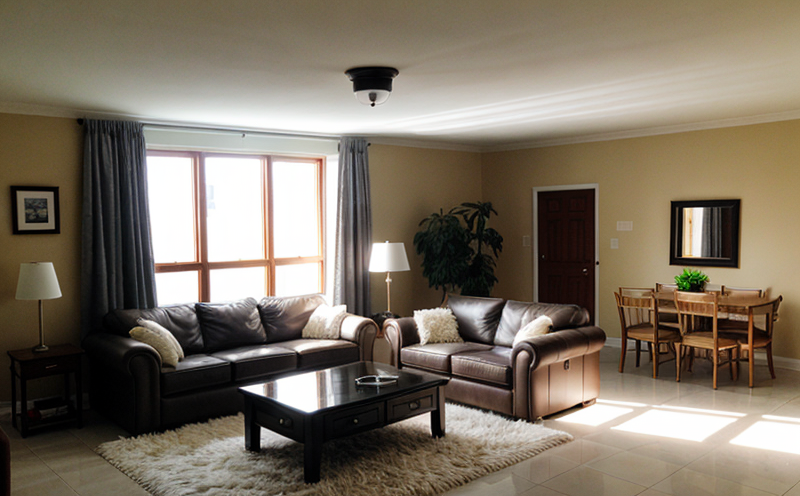EN 15193 Indoor Lighting Energy Performance Testing of Buildings
The European standard EN 15193 sets out a methodology to assess the energy performance of indoor lighting systems within buildings. This test is pivotal for ensuring that lighting installations meet stringent energy efficiency criteria as outlined by the EU’s Eco-Design Directive.
EN 15193 mandates the measurement and evaluation of various parameters including illuminance, power consumption, color quality, and efficacy to determine whether a lighting system meets or exceeds predefined performance levels. The test is particularly relevant for new buildings, retrofitted spaces, and existing installations intended to comply with current regulations.
This standard supports the broader goal of reducing energy consumption in buildings by promoting the use of efficient, high-quality indoor lighting systems. It ensures that lighting solutions not only contribute to a comfortable living or working environment but also play a crucial role in lowering operational costs and environmental impact.
The testing process involves several stages, each designed to provide comprehensive insights into the performance characteristics of the lighting system under scrutiny:
- Site preparation: Ensuring the test area is representative of real-world conditions.
- Instrumentation setup: Deployment of calibrated sensors and meters to measure key parameters accurately.
- Data collection: Recording illuminance, power consumption, and other relevant metrics over a specified period.
- Analytical evaluation: Comparing collected data against the requirements stipulated in EN 15193.
Understanding these stages is crucial for achieving accurate and reliable test results. The methodology ensures that all variables are accounted for, leading to valid conclusions about the energy efficiency of indoor lighting systems.
| Applied Standards |
|---|
| EN 15193:2007 – Indoor Lighting Energy Performance Testing of Buildings |
The standard is regularly updated to reflect the latest advancements in lighting technology and energy efficiency requirements. As a result, it remains a vital tool for ensuring compliance with regulatory frameworks like the EU’s Eco-Design Directive.
Applied Standards
| Standard Reference | Description |
|---|---|
| EN 15193:2007 | Indoor Lighting Energy Performance Testing of Buildings – Methodology for Determining the Indoor Lighting Power Consumption and Illuminance Distribution in Buildings. |
Scope and Methodology
The scope of EN 15193 covers all indoor lighting systems installed within buildings, including but not limited to residential, commercial, and public facilities. The standard aims to evaluate the energy efficiency of these systems by measuring their actual power consumption and illuminance levels.
According to EN 15193, the methodology involves several key steps:
- Selection of representative test areas within the building.
- Installation of calibrated sensors for accurate measurement.
- Data collection over a specified period under typical operating conditions.
- Evaluation against predefined performance criteria to determine compliance.
The standard emphasizes the importance of representative testing areas, ensuring that the results accurately reflect real-world usage. This approach helps in making informed decisions regarding lighting system improvements and energy savings strategies.
Customer Impact and Satisfaction
- Enhanced compliance with EU regulations on energy efficiency.
- Potential cost savings through reduced electricity consumption.
- Improved indoor lighting quality leading to better occupant comfort.
- Increased marketability of products meeting stringent performance standards.





